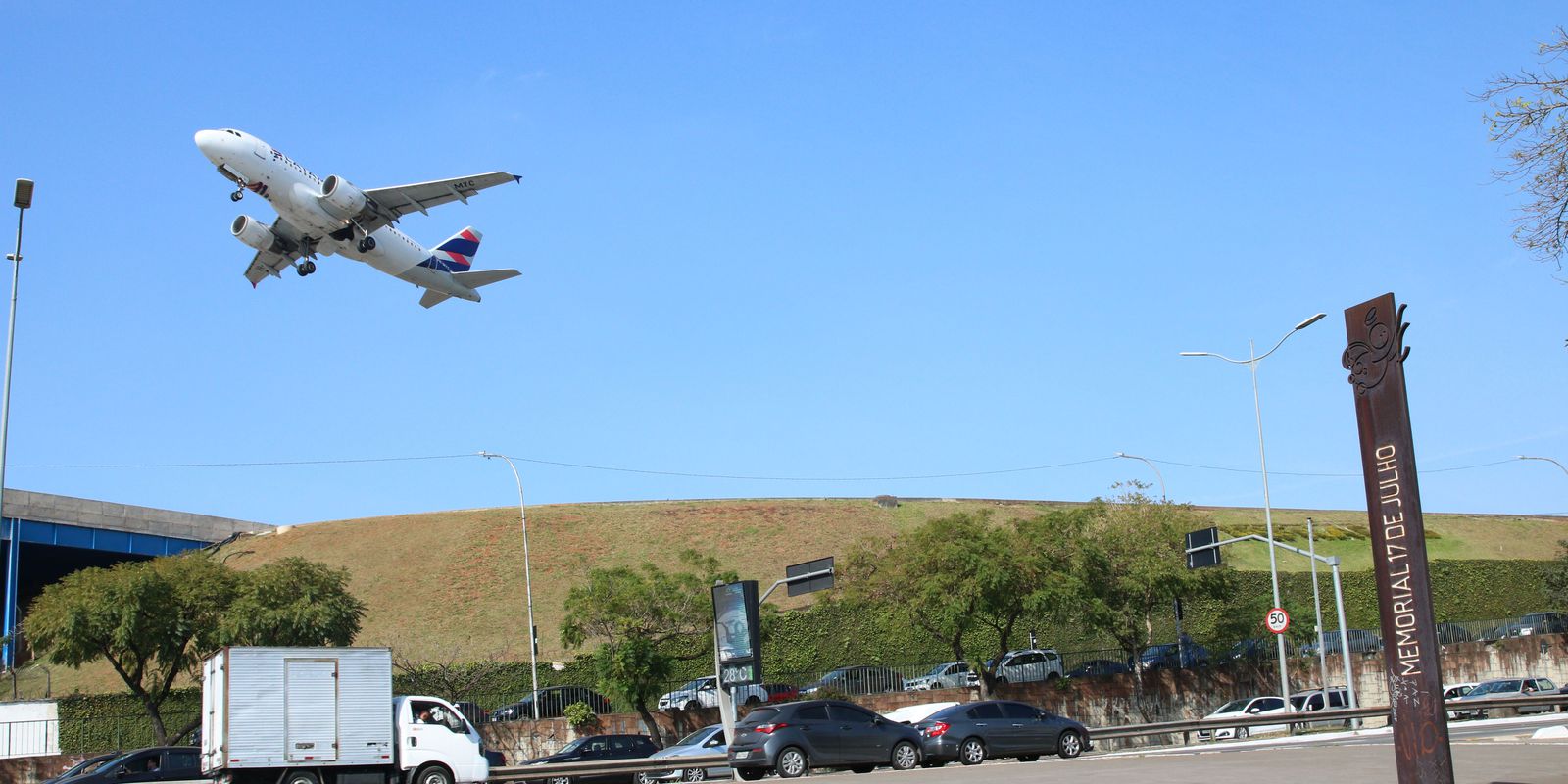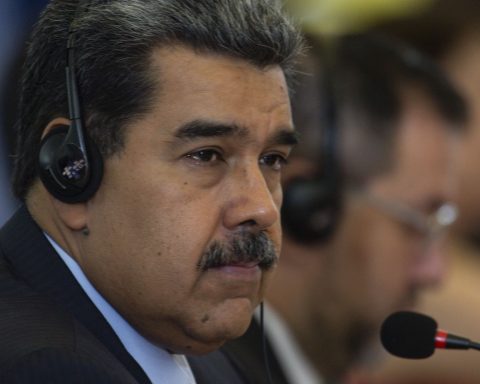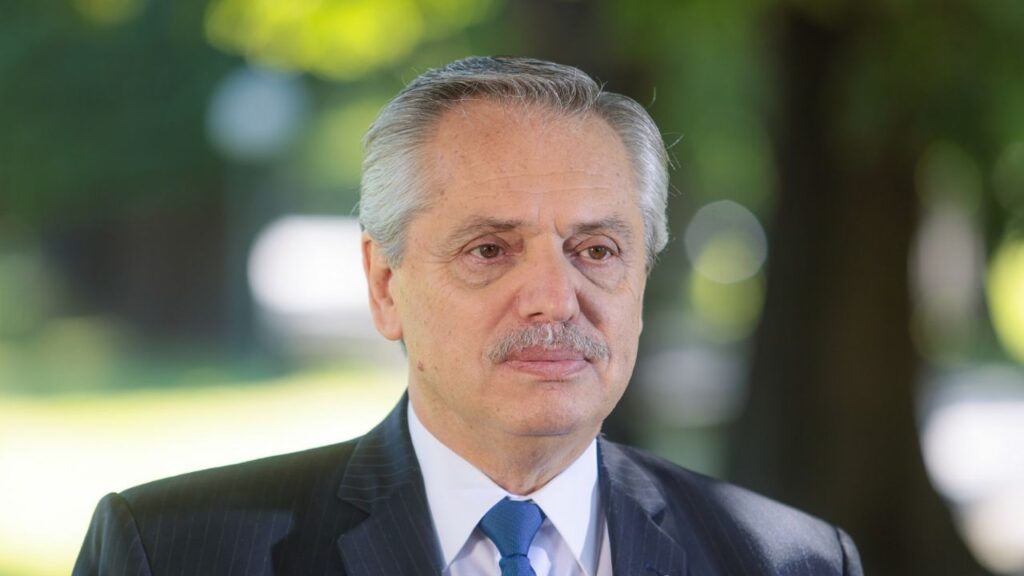Spending on trips by Brazilians abroad is normalizing, in order to get closer and closer to those recorded in the period before the pandemic, as the head of the Statistics Department of the Central Bank, Fernando Rocha, said today (25).
When detailing the results of the external sector for the month of March, Rocha said that the international travel account registered net expenses of US$ 648 million in the month. The number is much higher than that recorded in March 2021, when these expenses totaled US$ 100 million.
According to the BC, on the same basis of comparison – March 2022 with March 2021 -, gross travel revenue flows, which represent foreign expenditures in Brazil, expanded 112.2%, totaling US$ 453 million, while travel expenses (spending by Brazilians abroad) grew 251.8%, totaling US$ 1.1 billion.
space to grow
“That $648 million from March 2022 [saldo] seems to have more room to grow, as activities are normalized during the post-pandemic period”, said Rocha, adding that, with regard to international travel accounts, the country “is on the way to pre-pandemic normality”. But we’re not there yet.”
He recalls that these accounts always have a lot of seasonality, since it is more impacted during the vacation period. He, however, adds that the country is in a “different situation”, if we compare the decline in the deficit with the recent recovery.
“In March now, if we compare the deficit of $648 million with any month in the series backwards, we will see that it is the largest since January 2020,” he said.
external accounts
According to the external sector statistics referring to March this year, the external accounts registered a deficit of US$ 2.8 billion in the month. In March 2021, the negative balance was US$ 5.2 billion.
Brazilian external accounts represent purchases and sales of goods, services and income transfer in the relationship between Brazil and other countries.
Also according to statistics presented today, the country’s international reserves fell by US$ 4.6 billion in just one month, between February and March, reaching US$ 353.2 billion.

















